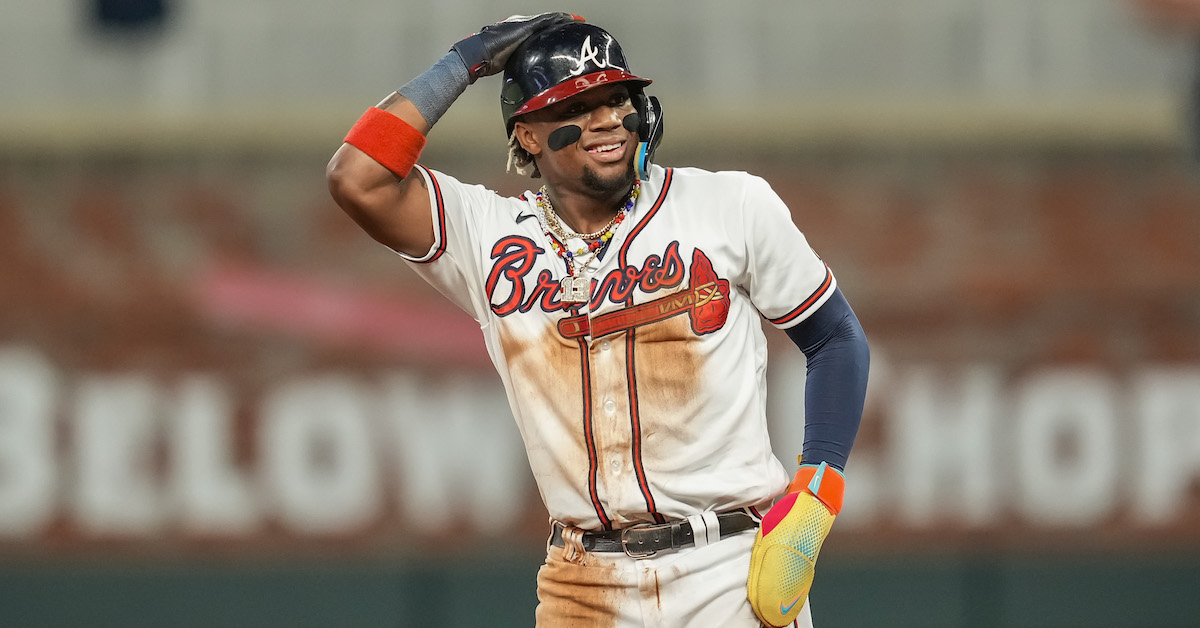Ildemaro Vargas Makes Contact and Signs a Contract

While most of the baseball world was focused on the playoff race, the Nationals got an early start to their offseason on Wednesday, avoiding arbitration with veteran utility man Ildemaro Vargas. The terms of the contract have not yet been announced, but it’s safe to presume the journeyman will earn a raise over his $975,000 salary from the current season. He set a new career high in plate appearances this year, playing in 84 games at five different positions. What’s more, the 2023 campaign marked the first of his career in which he wasn’t optioned, traded, or designated for assignment; apart from a three-week stint on the injured list and a few rehab games at Triple-A, he spent the entire season on Washington’s big league roster.
I’ll be honest: when the Nationals first broke the news about Vargas, I didn’t think it warranted a full write-up. Still, I wanted to do my due diligence, so I began my typical process of cursory player research. First, I checked his FanGraphs page. A 77 wRC+ and -0.1 WAR? Sure, sounds about right. Next, I went to Baseball Savant. 16th-percentile xwOBA? Yeah, that tracks. Then, I looked on Baseball Prospectus. A 144 DRC+ and 2.0 WARP? Okay, nothing out of the… wait, what?
After refreshing the page a couple dozen times and checking to make sure there isn’t a second Ildemaro Vargas out there, I realized this guy might be just a little more interesting than I initially thought. DRC+ is only one metric, and like any metric, it’s vulnerable to small sample size trickery. Be that as it may, I can’t ignore the fact that DRC+ ranks Vargas as the fourth-best hitter in the National League; it goes Ronald Acuña Jr., Mookie Betts, Juan Soto, and Vargas. He’s ahead of names like Matt Olson, Luis Arraez, and Freddie Freeman. Small sample size or no, this is a player who deserves our attention: Read the rest of this entry »







